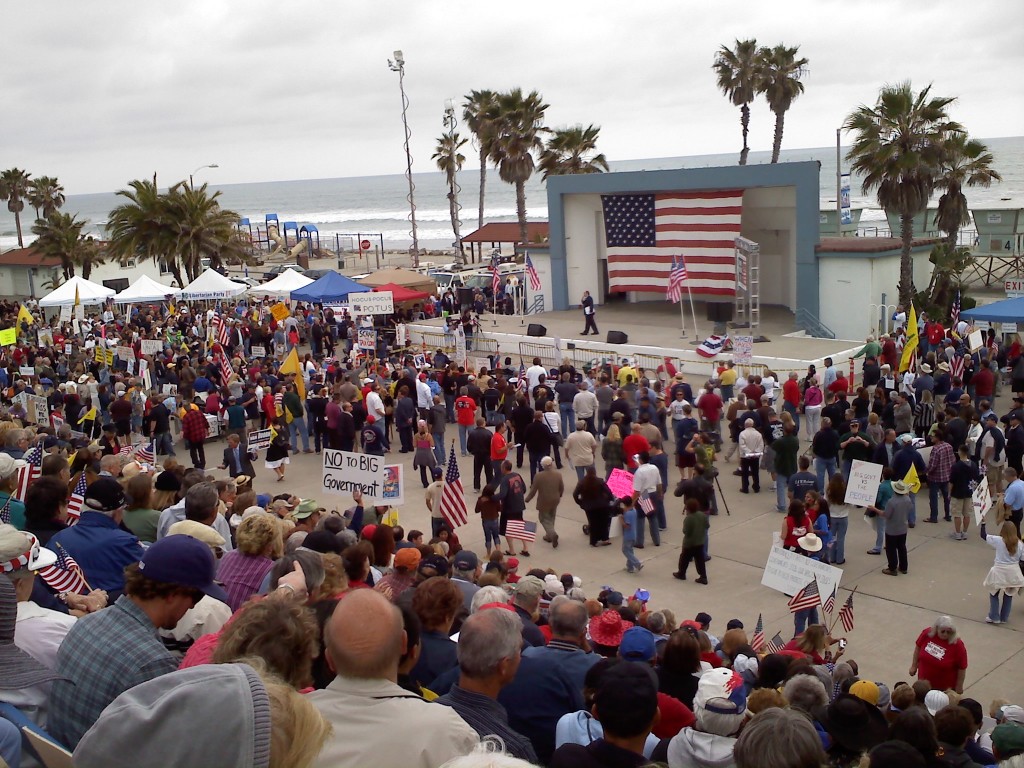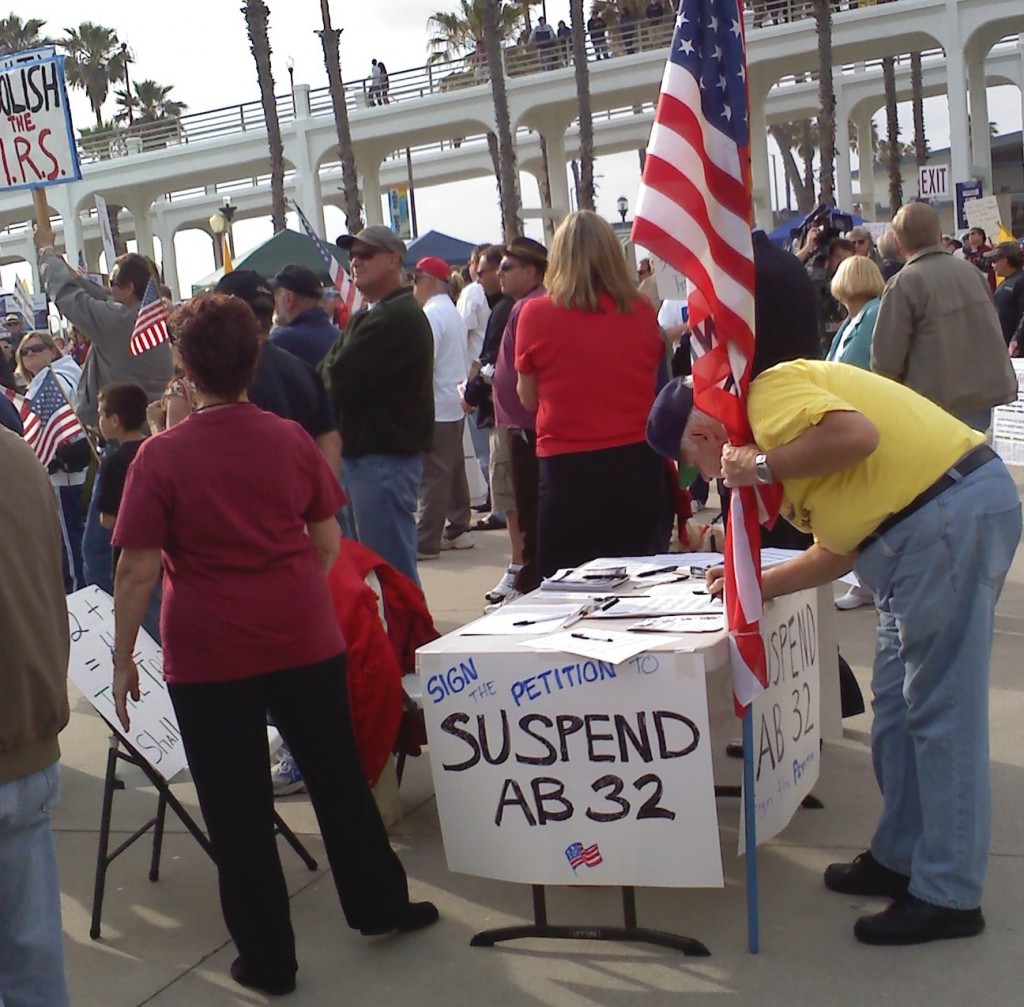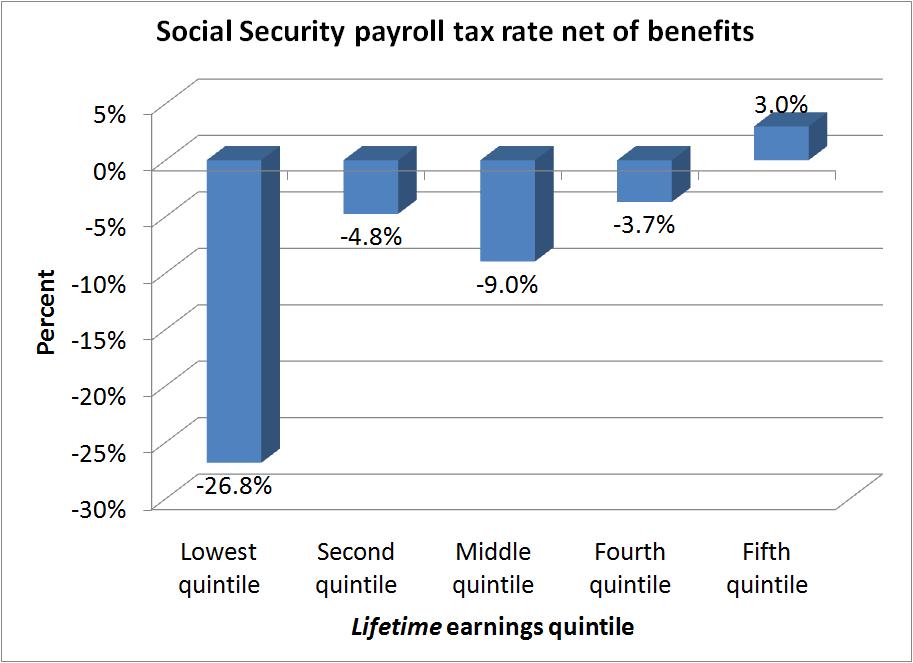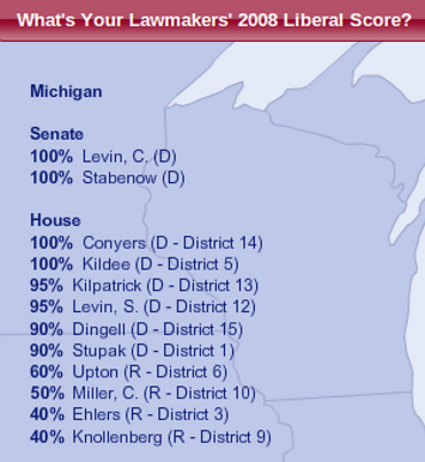I did not know that Herman Wouk was still alive, I’m ashamed to say. He’s 94. I’ve read many of his novels, Winds of War and War and Remembrance many times. One of my medical students was the daughter of the producer who put them on TV as miniseries.
Today, I found this and it is priceless. In addition to Wouk’s novels, Richard Feynman was to me the pinnacle of intellect in my lifetime. I can’t complain, but one sadness is that I never met him or listened to a lecture of his. I was accepted to Cal Tech in 1956; a faculty member traveled to Chicago to interview me, but I didn’t have the money and my big scholarship didn’t come through. Anyway, I would have been an undergrad before he got there. Here is Wouk’s story:
More years ago than I care to reckon up, I met Feynman. I was then out to write a sort of War and Peace of War World II, and early on in the moonstruck enterprise I realised that if I were at all serious about it, I had to learn something right away about the atomic bomb. Tolstoy could not consult Kutuzov, the general who drove Napoleon out of Russia, because the canny old one-eyed field marshal was long since dead; but when I started to work on my unlikely notion nearly all the men who had created the bomb were alive, and several of them were at the California Institute of Technology, including Feynman. President Truman, who had been an artilleryman in World War I, said of the bomb, “It was a bigger piece of artillery, so I used it,” a striking remark which shows up in my War and Remembrance but surely something less than the whole story. So I went to Caltech to talk to those who knew the whole story.
This may seem monstrously pushy, and no doubt it was. Like many novelists I have spun my books out of my experiences when I could, but in attempting work far outside my own relatively jog-trot existence I have had to pick other men’s brains. My World War II service, three years on destroyer-minesweepers in the Pacific, gave me the substance of The Caine Mutiny, but taught me nothing at all about the world storm that swept me from Manhattan to the south Pacific like a driven leaf. When the bomb fell on Hiroshima my ship was a bobbing speck on picket duty in the rough waters off Okinawa, and we had just survived a kamikaze attack unscathed; so I joined heartily in the merriment aboard ship, very glad that I had survived the war and would soon go back to my free civilian life and marry my sweetheart. As to the larger issues of dropping a whacking new bomb made of uranium on a Japanese city, I was innocent and indifferent. The radio said that our scientists had “harnessed the power of the sun”, and that was quite enough for me and for all of us aboard that old four-piper, halfway around the world from home.
The Caltech scientists received me cordially, and talked freely about their adventures in working on the bomb. I remember one physicist telling me, for instance, how he drove to the Trinity test site in New Mexico with the dread plutonium core in the back seat of his car. But to a man, one after another, they warned me so earnestly not to try to see Richard Feynman that I began to think of him as a human plutonium core. However, I had nothing to lose so I did try, and somehow I found myself in his office, talking to a lean guy in white shirtsleeves, with long hair and a sharply humorous countenance calling to mind a bust Voltaire. It didn’t go well at first.
“You know,” he said, as I groped to explain my purpose, “while you’re talking, you’re not learning anything.” So I blurted out baldly, any old way, my vision of a fiction work throwing a rope around the whole global war. As I spoke, an enigmatic look came over that strong face, something like remote tolerant amusement. “Well, that’s the sort of thing genius reaches out for,” he said, and he took over the conversation.
In swift strokes Feynman brought the entire Manhattan project to life, the excitement and the perils alike, mentioning that once in a laboratory corridor he passed uranium materials stacked so carelessly that a chain reaction was within a whisker of going off. His main point was that the whole enterprise was gigantically messy, and that the atomic bomb was by no means at a frontier of science. He put it so: “It wasn’t a lion hunt, it was a rabbit shoot.” There was no Nobel prize, that is to say, in the concept or the calculations; it was just a challenge, if a huge one, to audacious innovative technology and brute industrial effort.
This formidable fellow walked out of the building with me, and said as we were parting: “Do you know calculus?” I admitted that I didn’t. “You had better learn it,” he said. “It’s the language God talks.”
Wouk has an excellent section on the Manhattan Project in both books.
I should add that I have many books by and about Feynman and a series of his recorded lectures. A nurse friend of mine took care of Feynmen and loved him as he lay dying, still able to joke. What a loss! He was only 69 years old. The year before he died, he figured out why the shuttle blew up. Nobody else had an idea of why it happened. Fortunately, he was on the commission and figured it out by himself.




















